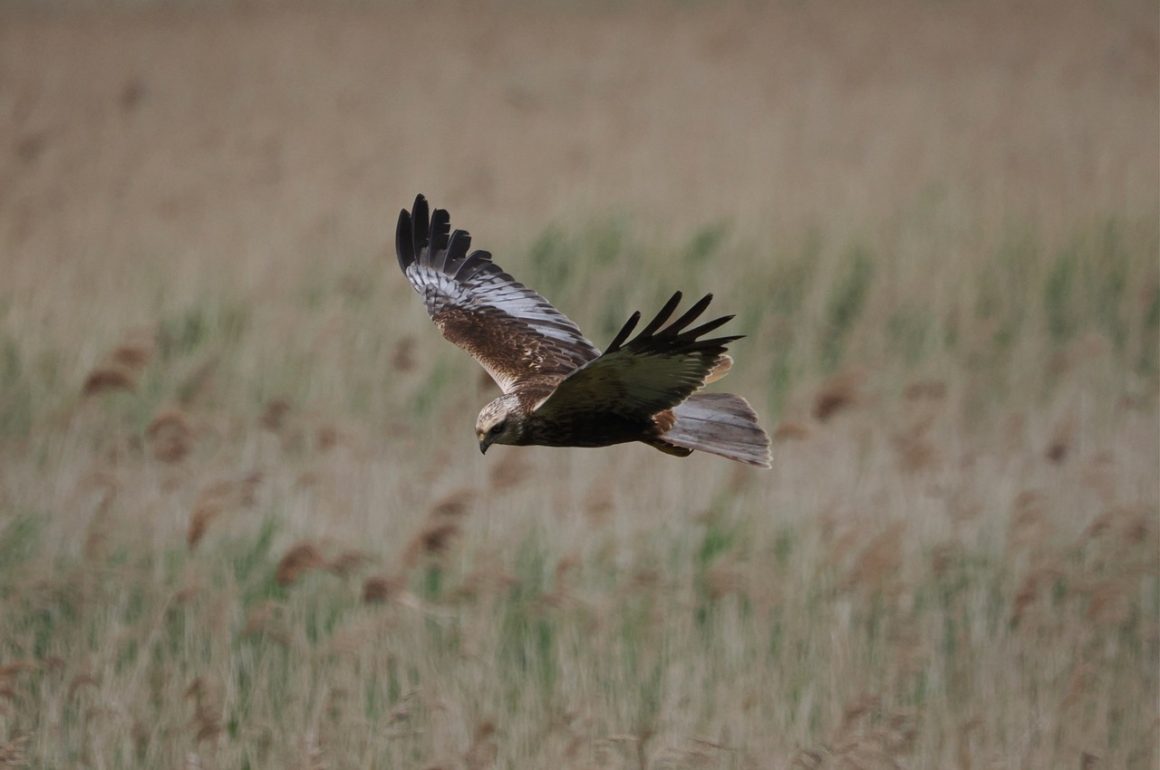
My birding trips to North Norfolk are always enjoyable, usually productive. Yesterday’s outing, though, was disappointing. The weather was miserable, with grey, cloudy skies, showers of rain and a temperature that didn’t budge much above 15degC all day. It was windy, too, which made finding birds difficult, and made it feel much colder. I was birding with two companions, Andrew and John: we started our day close to the coastal village of Weybourne, where a Marsh Warbler had been seen daily for the past week. Though widespread on the continent, these warblers are rare in Britain.
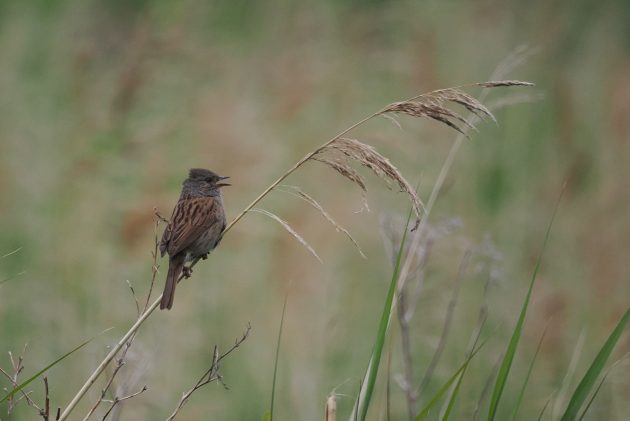
A singing Dunnock in the reed bed. Not what we were looking for
When we arrived there were already a couple of people looking for the warbler, but they hadn’t seen it. Alas, nor did we, despite scrutinising the scrubby reedbed where it was apparently living. I’m not a good twitcher, as I soon get bored. I did take a pleasing photograph of a singing Dunnock (above), and it was good to see the numerous Sand Martins flitting over the area, but the Marsh Warbler refused to play the game. I’m sure our timing was wrong. A friend who had seen the bird a few days before had watched it at 6am, which was clearly the best time to try and see it. By 9.30am, when we arrived, it was almost certainly too late in the day. We tried for 45 minutes before giving up.
Next stop was a local heath where Dartford Warblers breed. These resident warblers are newcomers to Norfolk, as they only started breeding in the county earlier this century. Despite visiting the area where I’d seen a pair earlier this year, we failed again, having to make do with a pair of Stonechats instead. The latter are much easier to see, as they perch prominently on the tops of the gorse bushes, while the Dartford Warblers prefer to forage within the gorse itself. A singing Willow Warbler was some small compensation for our miss. (My photograph of a Dartford Warbler was taken earlier in the year at this site).
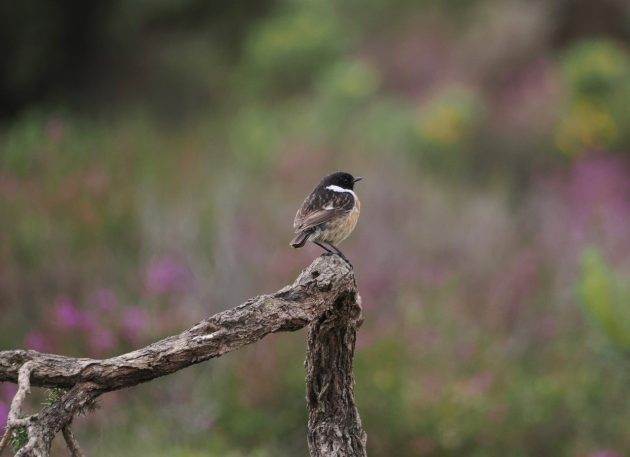
Stonechats like prominent perches, so are always easy to spot
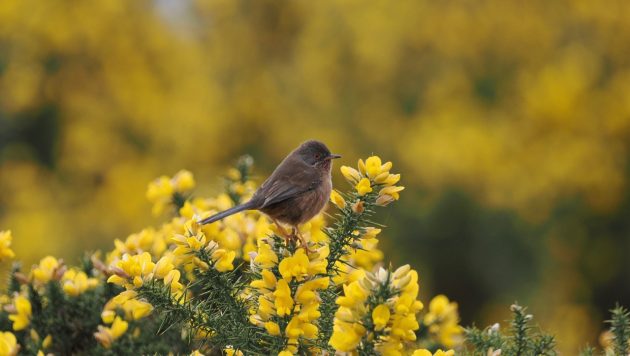
Dartford Warbler – an often elusive species
Our next stop was the East Bank at Cley, one of East Anglia’s classic birding sites. Despite this, there was hardly another birder to be seen, for there was rain in the air, while the wind made our walk feel decidedly unpleasant. However, we did see birds. Perhaps the most notable was a Spoonbill carrying nesting material. Like the Dartford Warbler, Spoonbills only started nesting in Norfolk a few years ago, but they are doing well, with a steadily growing population.
The next big white bird we saw was also another new resident that, just a few years ago, would have really excited us. This was a Great White Egret, now well established as a breeding bird in Norfolk, and a species we now expect to encounter on most outings. This egret was recorded in Norfolk for the first time in 1979, and there were only another 10 records in the 20th century.
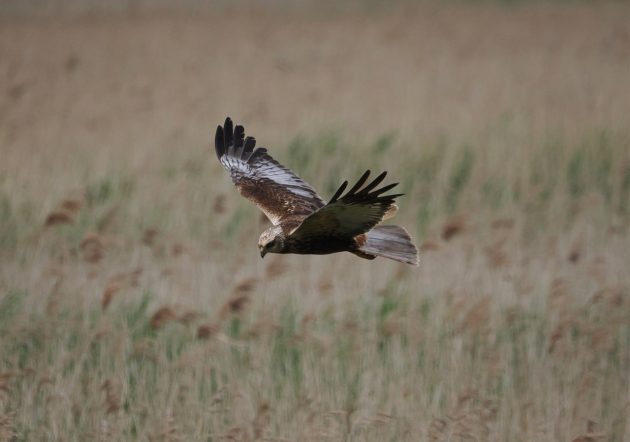
While watching the egret an adult male Marsh Harrier (above) flew past at close range, allowing us to admire its fine plumage. We tend to take Marsh Harriers for granted these days, but only 50 years ago they were Britain’s rarest breeding raptor. Today they are common and widespread, nesting wherever there’s suitable reedbed habitat for them. Pleasing though they are to see, their presence isn’t good news for the local Lapwings, for these harriers are serious predators of Lapwing chicks. Lapwings are a declining breeding bird in Norfolk.
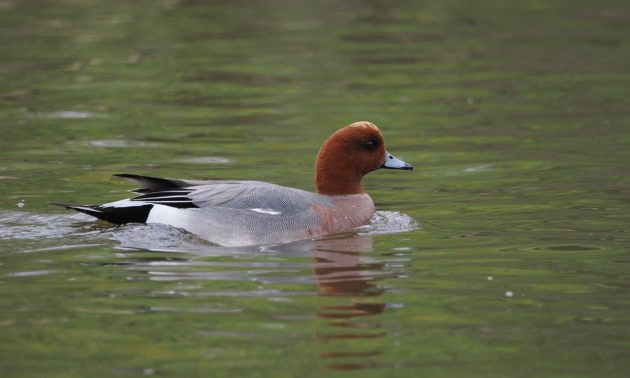
We continued walking along the Bank, notching up a reasonable number of birds, such as Ringed Plover and Avocet, and also a couple of handsome drake Wigeons (above). Though abundant in winter, most have departed for northern breeding grounds by June. Breeding has been recorded at Cley in the past: perhaps there were unseen ducks nearby, incubating eggs?
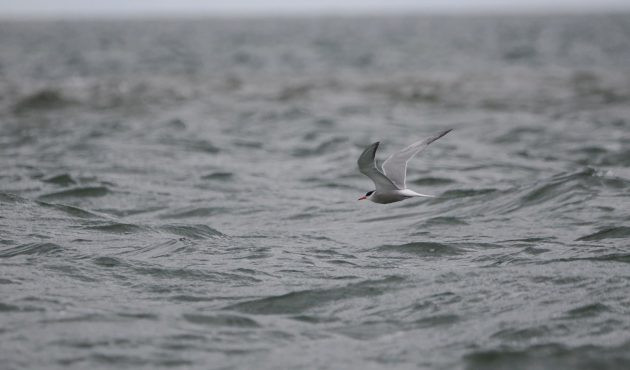
A Common Tern, photographed from the boat in Blakeney Harbour
The main excitement of the afternoon was a boat trip in Blakeney Harbour, an extensive tidal inlet. The harbour has a big population of both Grey and Common Seals, and these mammals are a major tourist attraction, so there are regular boat excursions to see them. We weren’t excited by the prospect of seeing the seals (animals that we often encounter), but the boat trip would, we hope, give us the chance to see lots of terns, for Blakeney Point has big nesting nesting colonies.
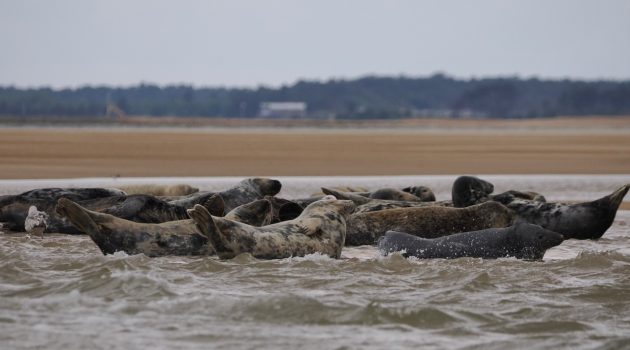
Grey Seals hauled out onto a sand bank
Sadly, the boat ride wasn’t as productive as we had hoped. We did see Sandwich, Common and Little Terns, but winter gales have moved the sand banks in the harbour, and the terns have moved to a new nesting area where the boat doesn’t venture. However, the rain stayed away, despite the forecast, which was fortunate as the boat was open to the elements.

Common tern
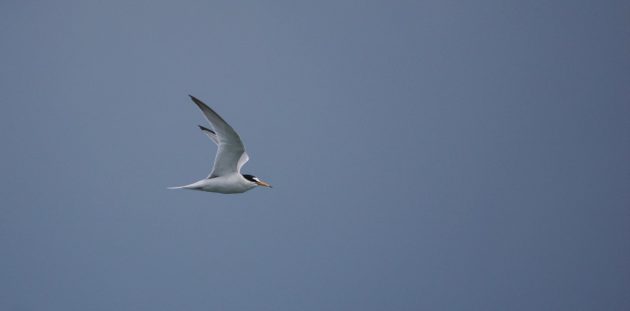
Little tern
Our day concluded at North Pools, near the seaside town of Wells. Here two large, shallow lagoons frequently hold interesting birds, but there were no surprises for us today, just the usual birds we expected to see: Avocets and Redshanks, Shelduck and Shoveller, along with half a dozen Red Kites, three Marsh Harriers, two Buzzards and a Kestrel.
If you’ve read this far, you are probably thinking that what I described at the beginning as a disappointing day wasn’t really that bad. Not every outing produces exciting or unexpected sightings, and it had been a lot more fun than sitting at home.




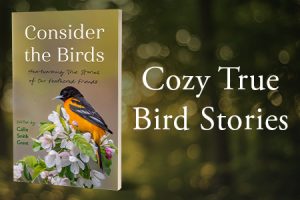


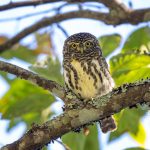
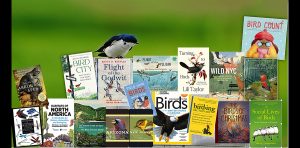
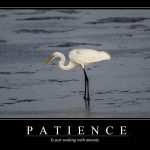
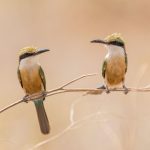
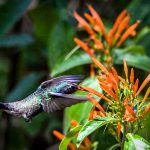
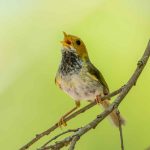
I will take a disappointing day like you described any day…
My wife and I are now walking the Norfolk Coast Path — so, more than a day. More like a dozen days. These are short walking days so we bird as we go. We have 59 species after 4 days.
However we are on the coast and won’t be visiting any sites inland.
There was a Black-crowned Night Heron near Mundesley for a few days but it looks like you missed that. Of course we’re going to miss it too.
Happy birding!